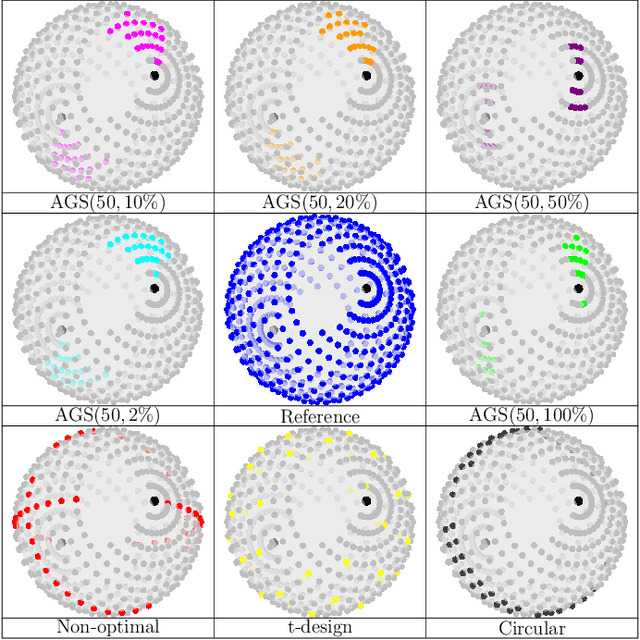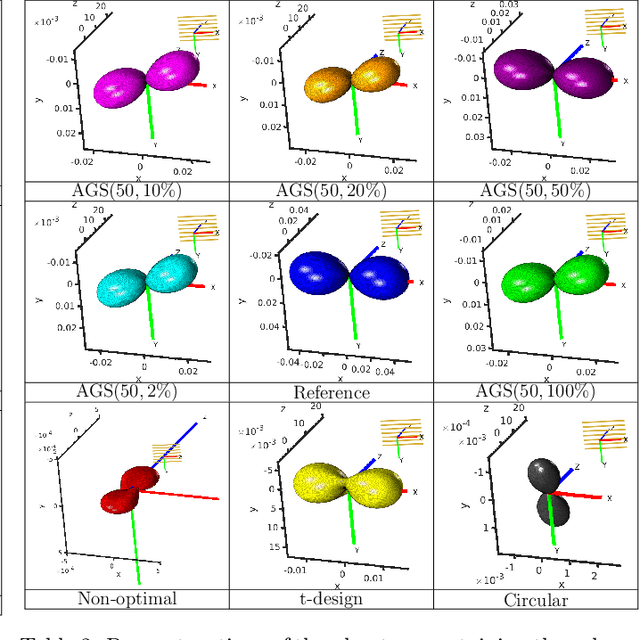Task-specific Performance Prediction and Acquisition Optimization for Anisotropic X-ray Dark-field Tomography
Paper and Code
Jul 01, 2022



Anisotropic X-ray Dark-field Tomography (AXDT) is a recently developed imaging modality that enables the visualization of oriented microstructures using lab-based X-ray grating interferometer setups. While there are very promising application scenarios, for example in materials testing of fibrous composites or in medical diagnosis of brain cell connectivity, AXDT faces challenges in practical applicability due to the complex and time-intensive acquisitions required to fully sample the anisotropic X-ray scattering functions. However, depending on the specific imaging task at hand, a full sampling may not be required, allowing for reduced acquisitions. In this work we are investigating a performance prediction approach for AXDT using task-specific detectability indices. Based on this approach we present a task-driven acquisition optimization method that enables reduced acquisition schemes while keeping the task-specific image quality high. We demonstrate the feasibility and efficacy of the method in experiments with simulated and experimental data.
 Add to Chrome
Add to Chrome Add to Firefox
Add to Firefox Add to Edge
Add to Edge